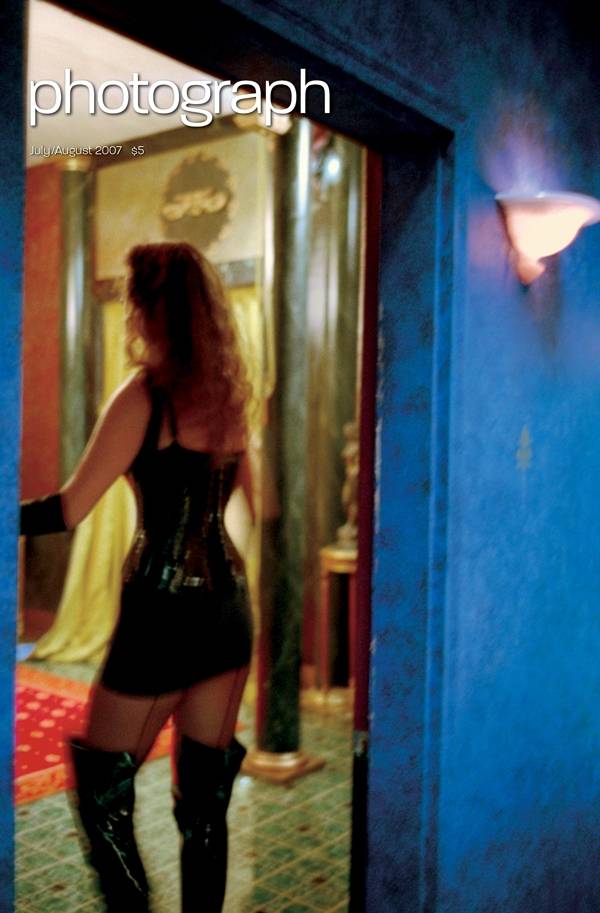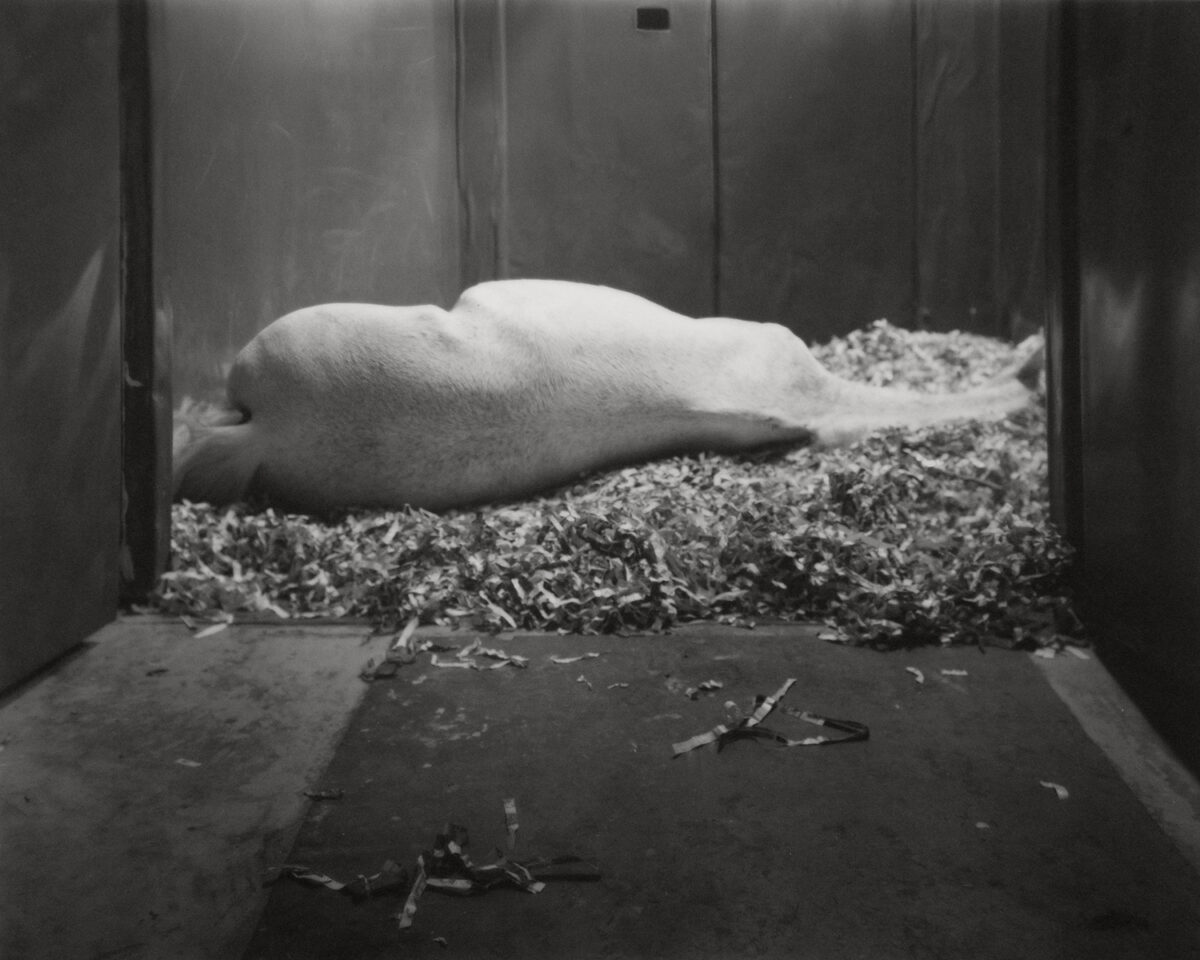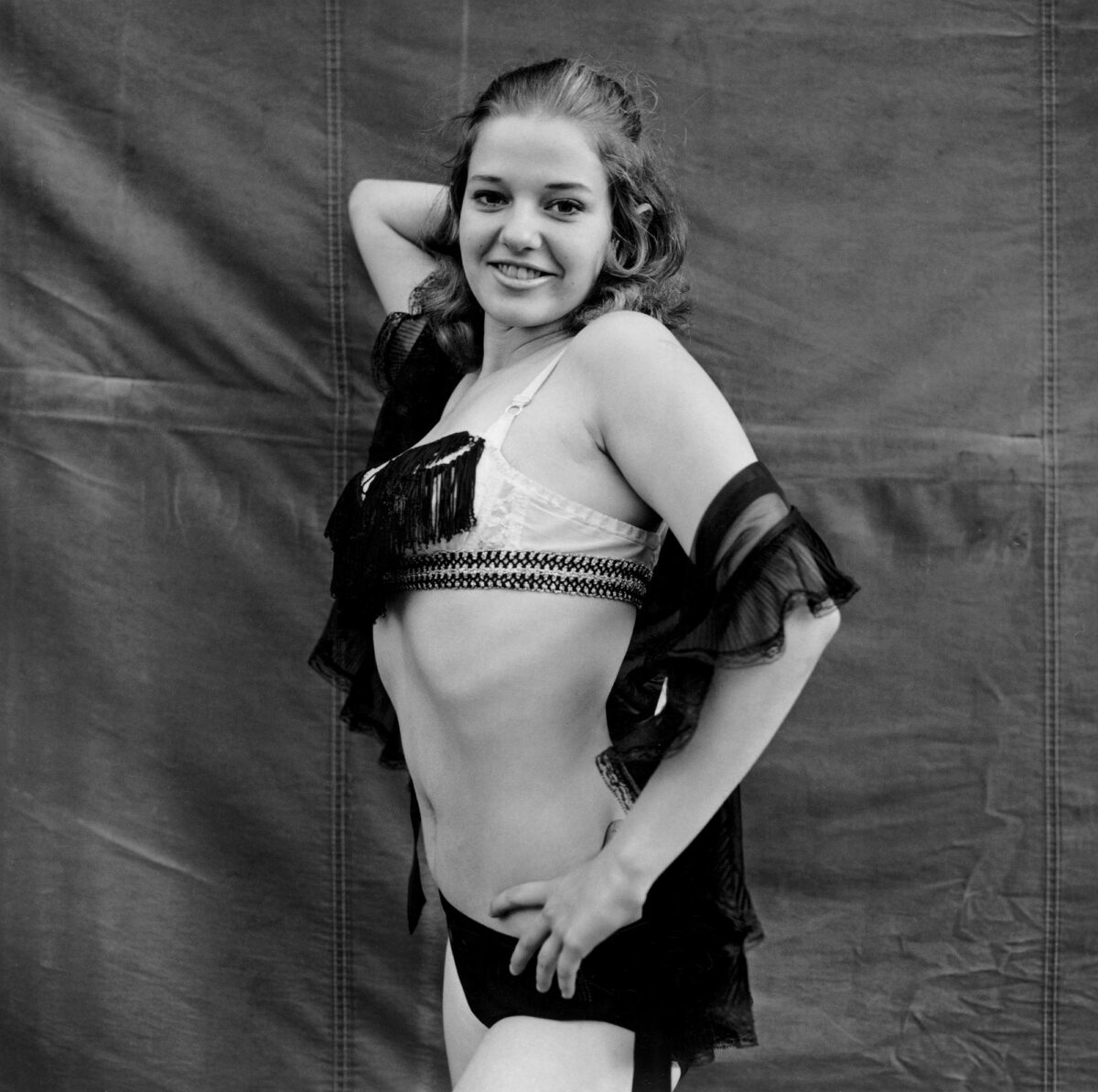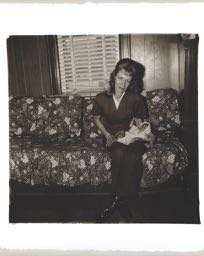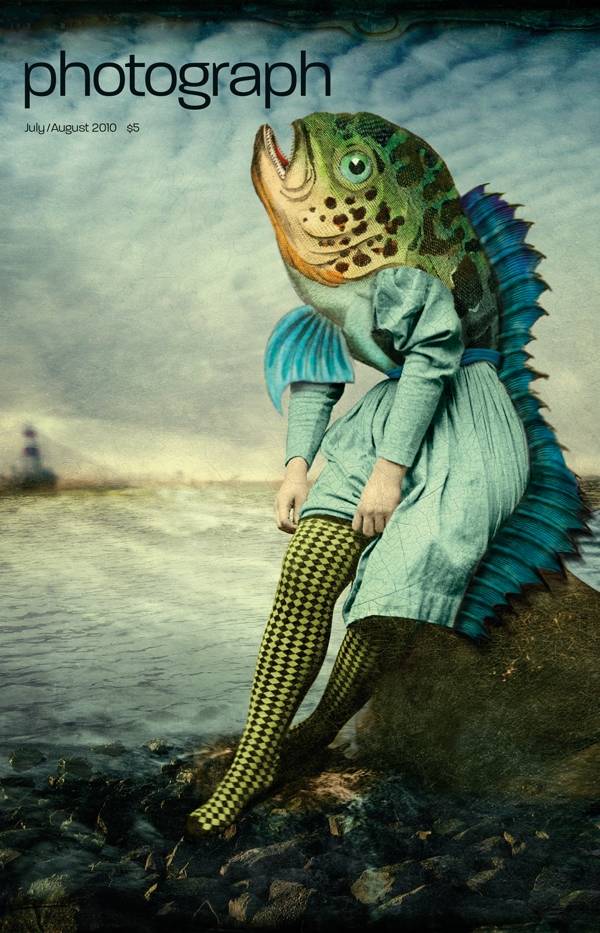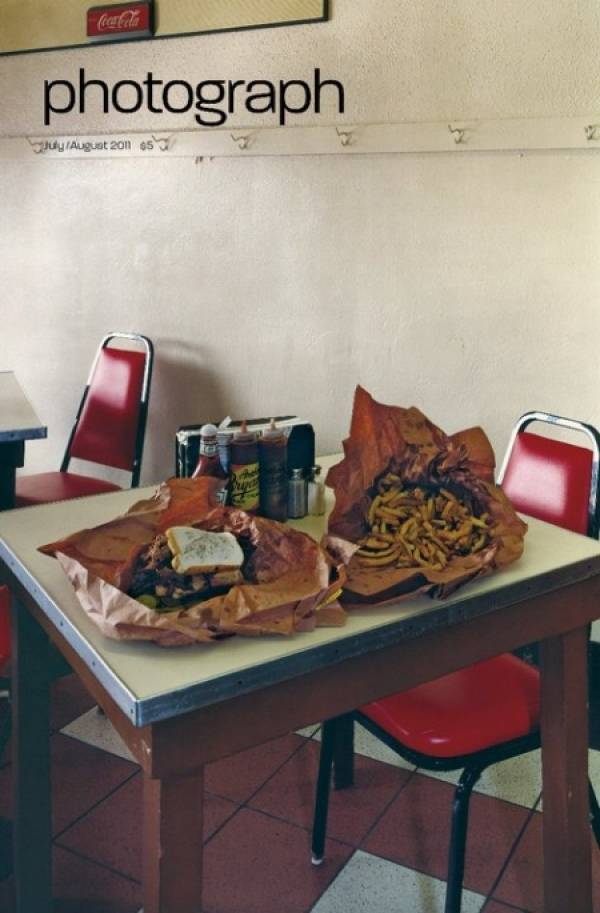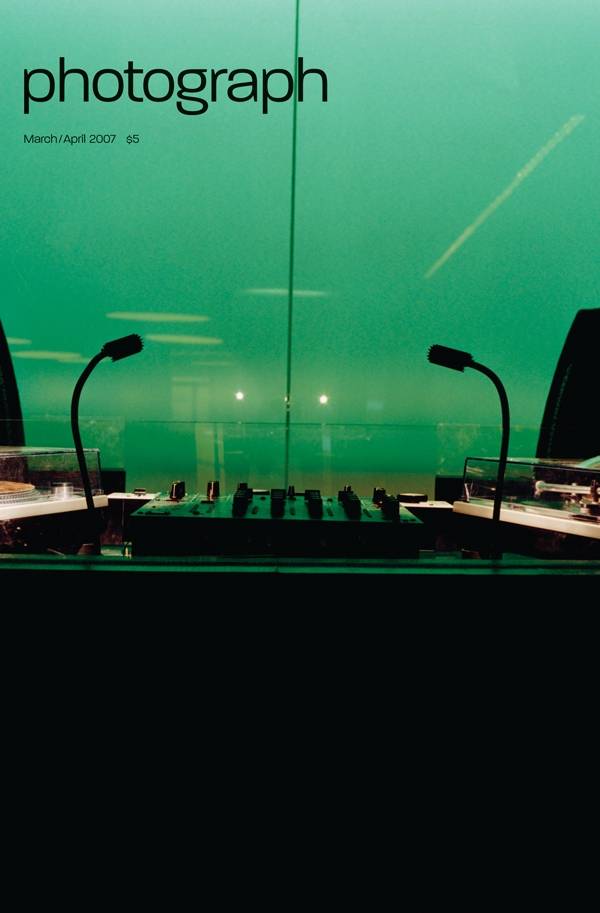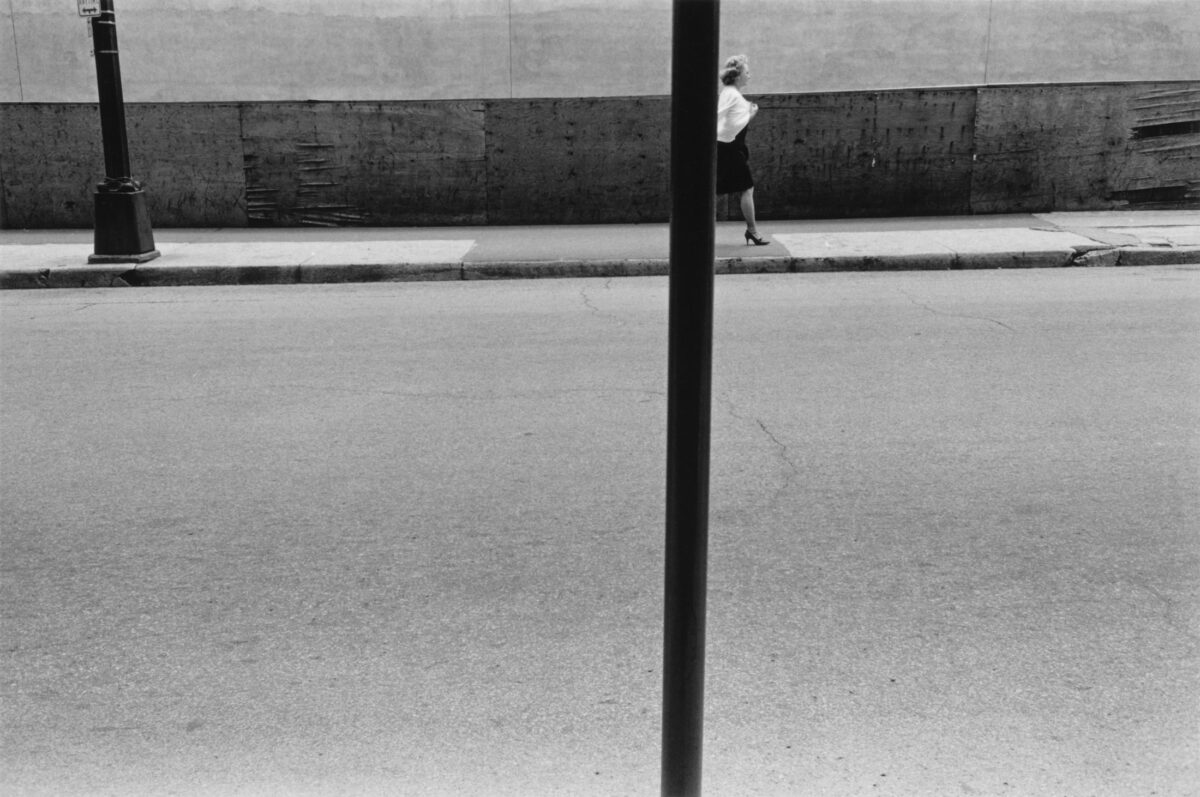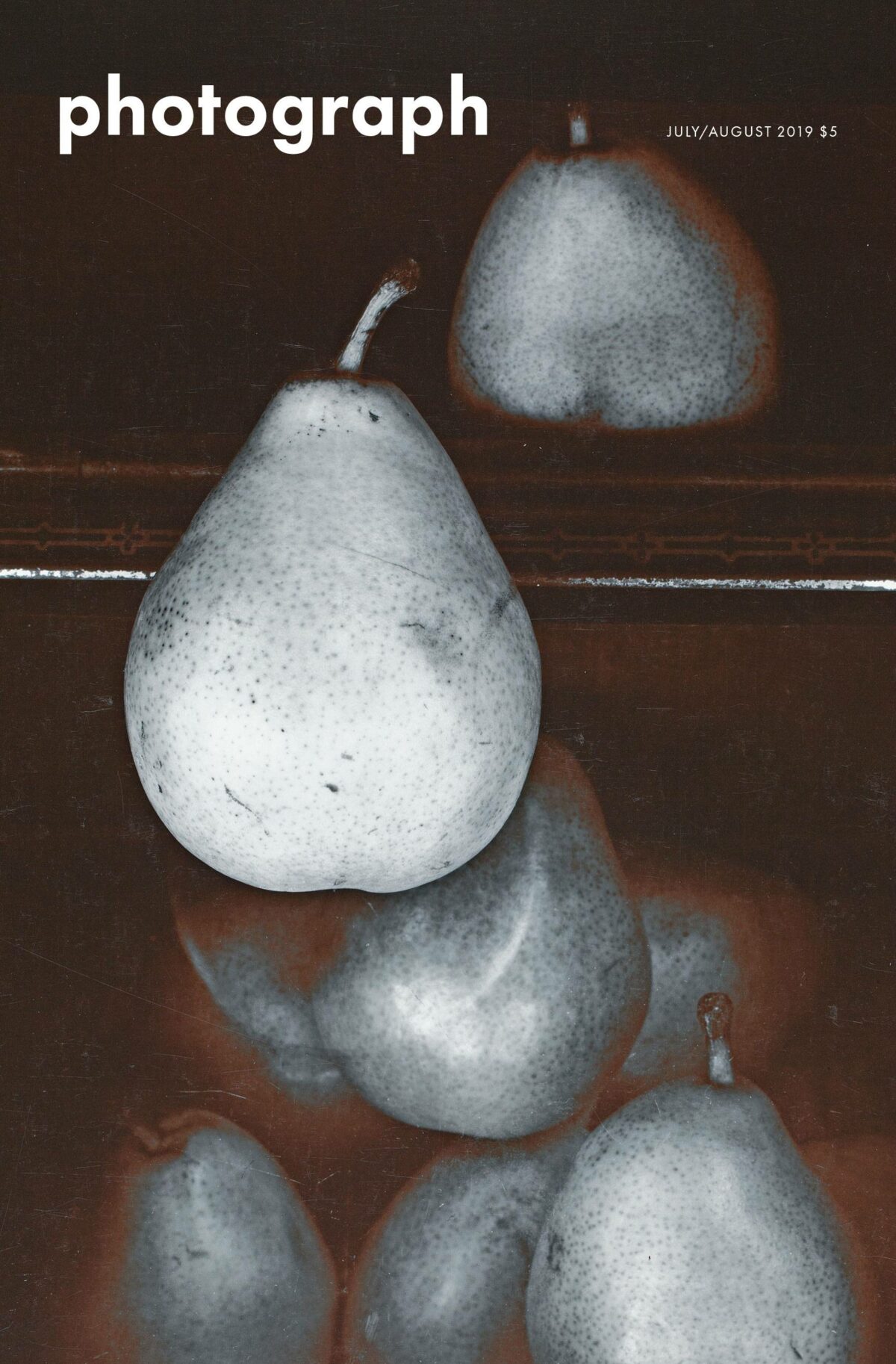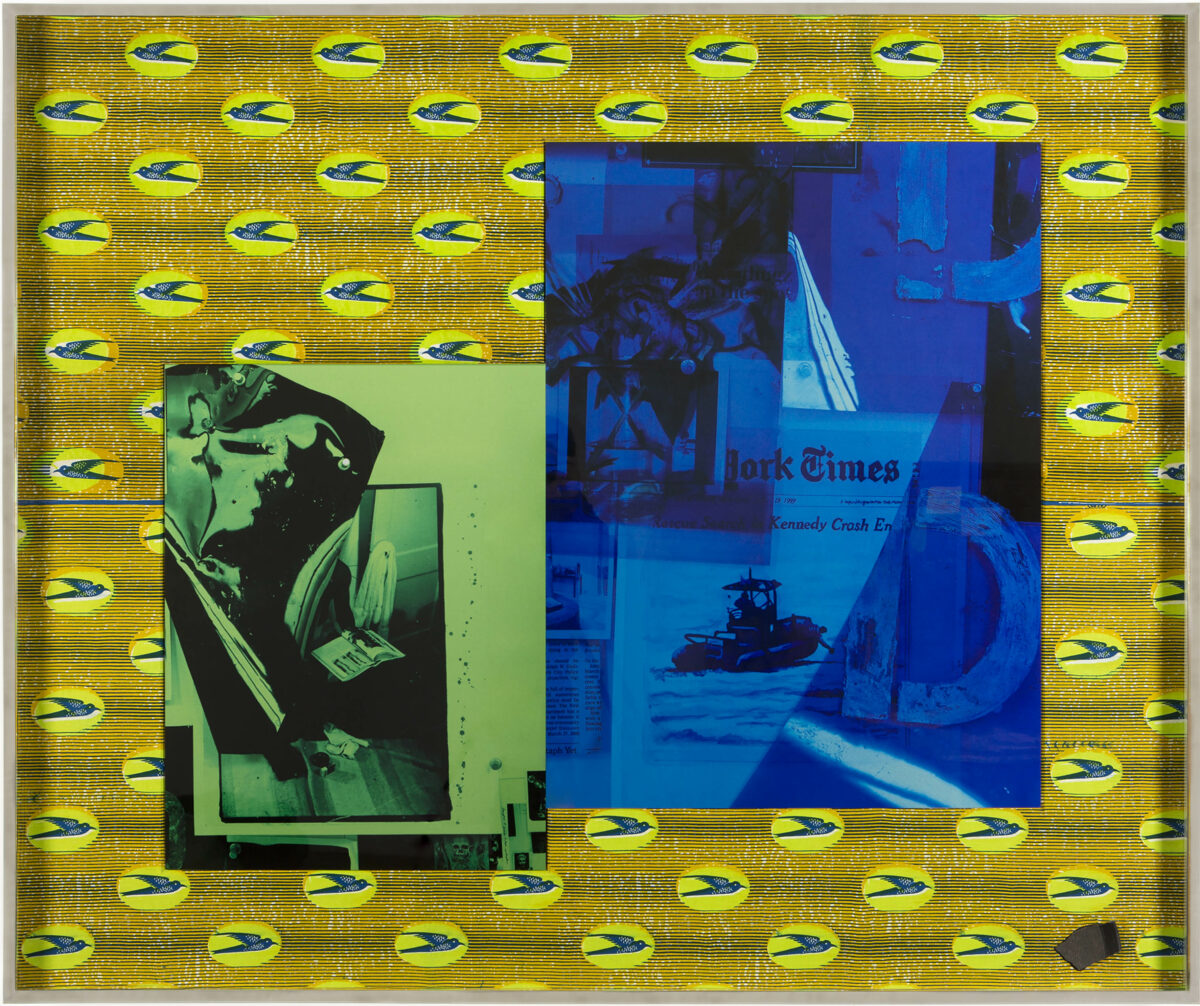For the artist, the world is like Pandora’s box. It constantly tempts and provokes with the possibility of secrets, and when it is opened through the power of art, and those secrets burst out, nothing is ever the same. A metaphor especially apt for the photographer, whose camera can take us into places and realms of experience we might never have imagined, at the same time stealing our innocence. Susan Meiselas, one of the world’s premier photojournalists, entered just such a realm—and released secrets she never imagined before. Her Pandora’s box was a bondage and discipline club of the same name, located in Manhattan, in an ordinary high-rise. It was a private theater of cruelty, where clients paid for the privilege of acting out fantasies of pain and submission. The pictures Meiselas made there in the mid-1990s are on display at the Cohen Amador Gallery in New York from July 25 through September 8. For Meiselas, who had spent the better part of two decades exploring savage conflicts from Central America to Kurdistan, the experience opened its own Pandora’s box of emotion. “I had hit a wall with the intensity of war,” she recalls, “and I was trying to organize my work on the Kurds and wondering whether photographs can really tell a story at all, or whether they are simply futile. This was like suddenly having skin pulled back from my eye. I had to pursue it.” Pandora’s Box was a world in which victim and victimizer were totally complicit, a world in which, as she puts it, “pain was invited and the instruments and fantasies chosen.” But the rules were strict: all roles and costumes (selected from a repertoire) were based on consent, no sexual contact with the dominatrixes was allowed, and the customers could end their session at any point when they had experienced enough of the pain they sought. Perhaps most important, the world of Pandora’s Box was not simply degrading but alluring. As shocking as many of the images can be, the spirit behind Pandora’s Box is closer to the image on the cover of this issue—seductive, mysterious. These are the qualities that attracted Paul Amador. “I compare this work to the gritty realism of Susan’s earlier ‘Carnival Strippers’ series the way I would compare a feature film to a hard-hitting television documentary,” he says. “Here we are not trying to discover who these people really are but entering into a world of make-believe. The rare quality of these pictures,” he adds, “is that they speak beyond the intense privacy of the fetishistic to more common emotions.” When the original Pandora opened the forbidden box, she released only trouble into the world. As an artist, Meiselas hopes for a different outcome: “I want people to reflect on these images, as I had to, to see that we are never far away from being dominators, never far from being victims.”
Categories

